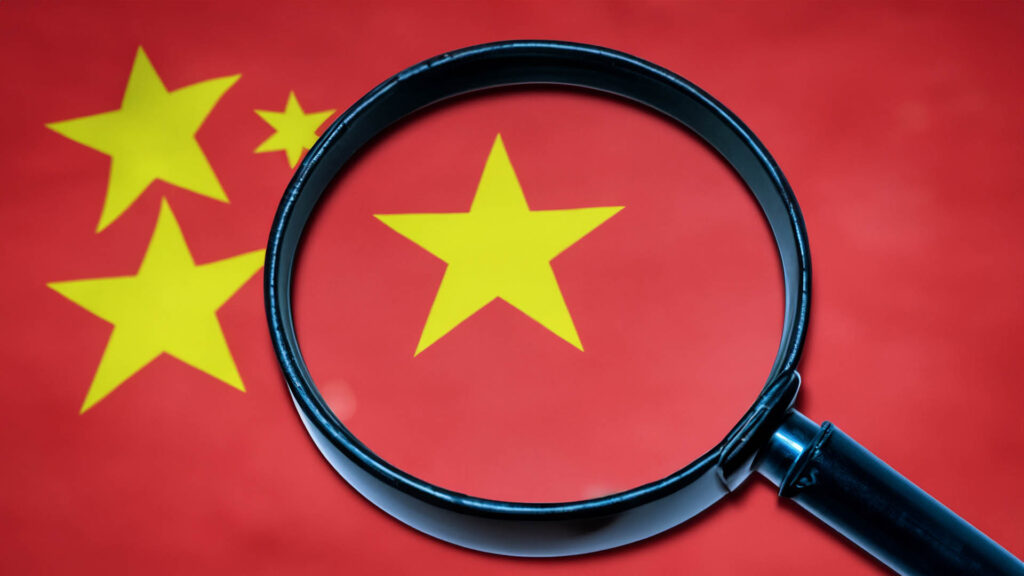For all you data-driven souls with investments in lithium and other renewables, here’s intriguing data on China’s lithium production and processing sectors.
Make no mistake, there’s no ‘winter’ in China’s push into battery-driven vehicles.
Winter was mentioned in a CNBC headline regarding slowing demand for EVs and divergence in car groups, especially Toyota, and the lessons learned from Japanese dominance in the US car industry four decades ago.
Just as complacent Americans lost ground to Japanese and Korean companies, US companies (excluding Stellantis and Tesla) will find themselves marginalized by Chinese EV companies next year.
Stellantis, being European-based, understands the need for EVs and plug-in hybrids, the latter being the second phase of China’s New Energy Vehicles (NEVs) after battery-powered vehicles.
Tesla, with its Shanghai factory and substantial production, is well-versed in China’s car industry dynamics.
BYD, the world’s largest EV maker partly owned by Warren Buffett’s Berkshire Hathaway, recently announced a new range of vehicles with hybrid technology.
China’s pace of innovation and manufacturing changes is relentless and poses a challenge to slower US companies, especially if Chinese NEVs flood the American market.
The EU, despite concerns, sees opportunities for growth in China’s EV market.
Unlike elsewhere, Chinese NEV sales are still growing, with projections exceeding 10 million units this year, including exports, driving demand for lithium.
Reports indicate growth in Chinese lithium production, particularly in lithium hydroxide, despite a slowdown in 2023 due to pricing and overseas market conditions.
China remains the world’s largest net importer of lithium resources, importing substantial amounts of lithium carbonate in recent years, although imports slowed in 2023, affecting prices significantly.

